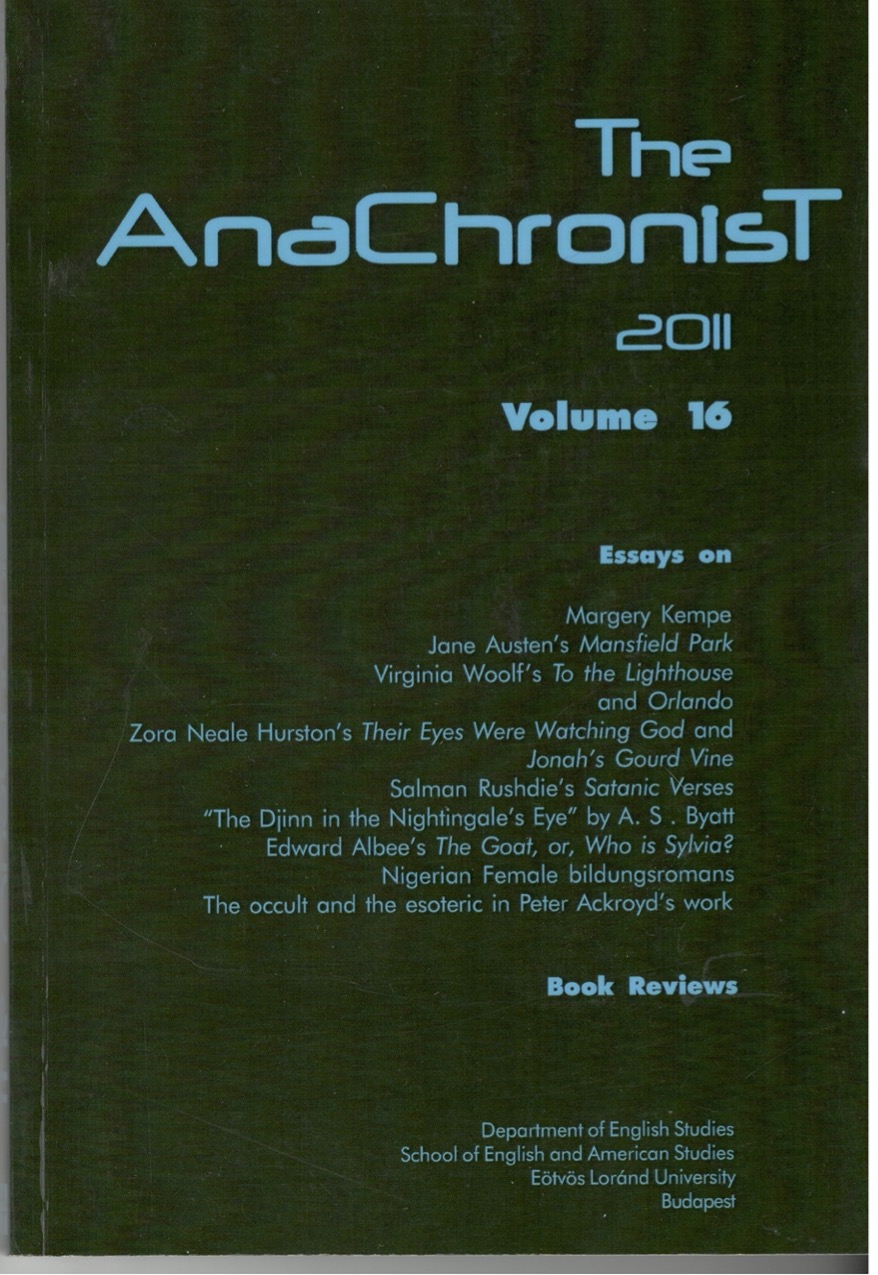Representations of Istanbul in A. S. Byatt's 'The Djinn in the Nightingale's Eye
DOI:
https://doi.org/10.53720/AZFC7997Abstract
This paper explores how Istanbul fantasies in A. S. Byatt’s “The Djinn in the Nightingale’s Eye” (1994) function as a critique of British patriarchal constructions of femininity. In Orientalism Postmodernism and Globalism, Bryan Turner argues that “the Orient in Western imagination is often perceived as the fantastic, it is associated with sexual fantasies” (98). Due to the European invention of Istanbul as “Oriental,” Byatt’s fifty-year-old female protagonist, Gillian Perholt, creates her own fairy tale by miraculously releasing a djinn from a Turkish glass vase in late twentieth-century Istanbul. The British narratologist imagines Istanbul through its nineteenth-century representations that picture the city as a fairytale-like place with Oriental daemons and magical vases. Istanbul’s association with sensuality, however, is problematized as Gillian realizes that her wish for eternal love will not come true with the djinn. In fact, Istanbul, the city that had been the metaphor for gender inequality due to women’s segregated lives in the Ottoman harems, becomes a setting, in Byatt’s novella, where British male standards of beauty and the ideals of happy-ever-after love in fairytales are critiqued.

